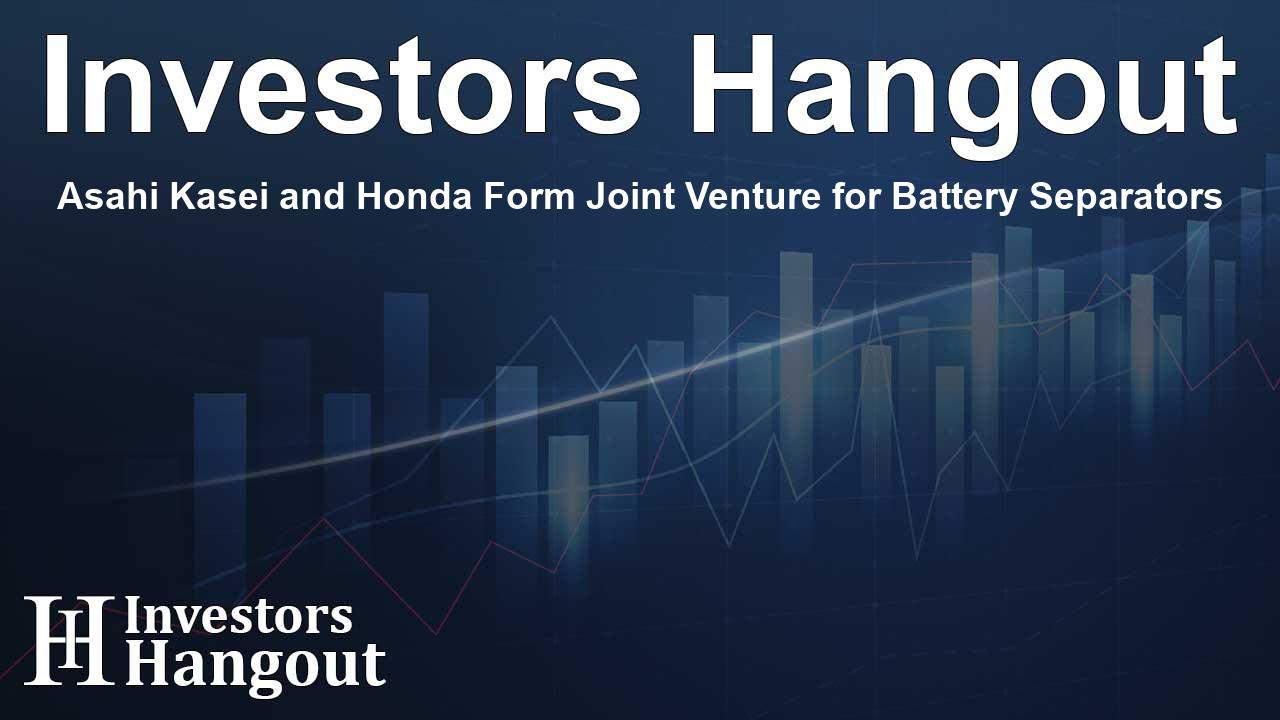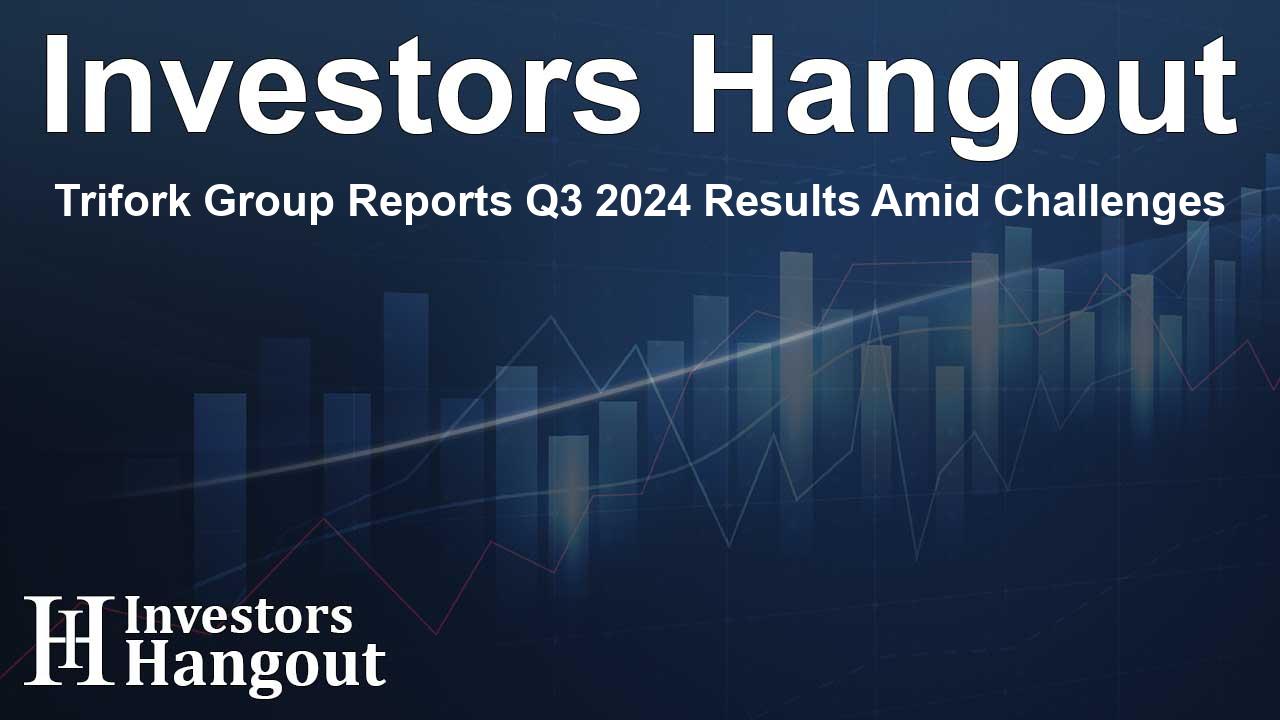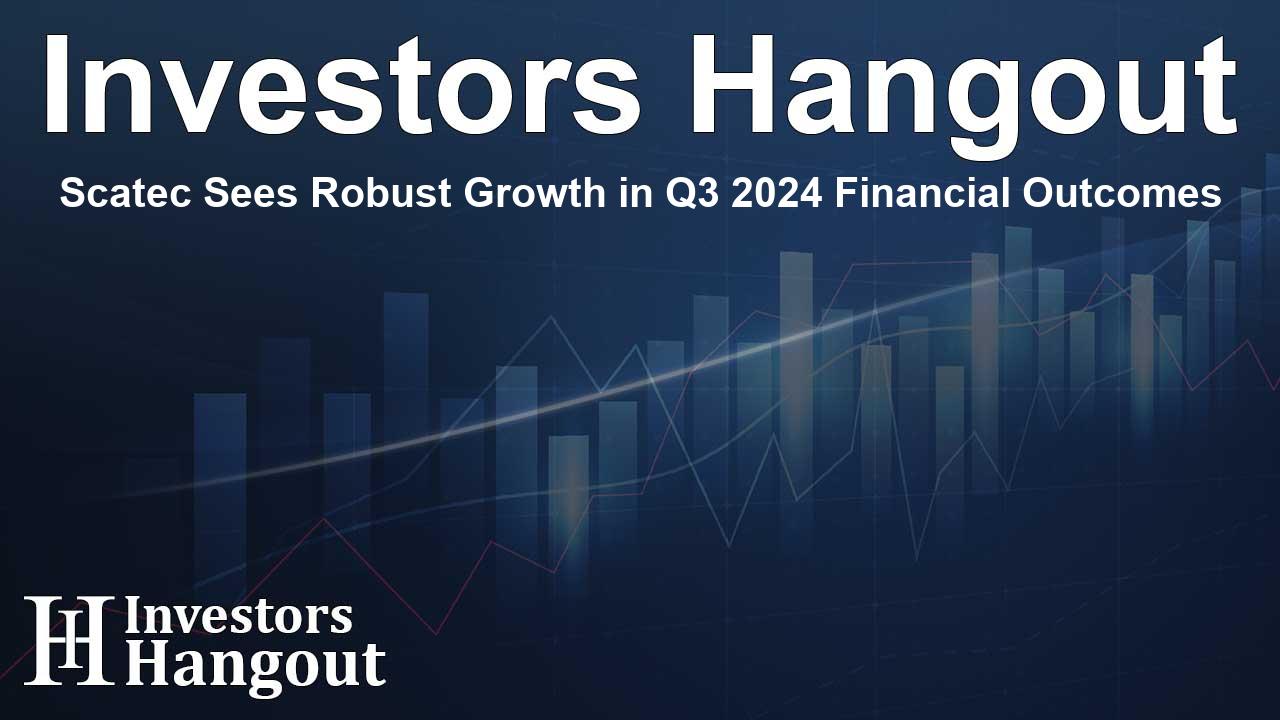Asahi Kasei and Honda Form Joint Venture for Battery Separators

Asahi Kasei and Honda Team Up for a Sustainable Future
Asahi Kasei Corporation and Honda Motor Co., Ltd. have taken a significant step towards advancing lithium-ion battery technology through their latest partnership. They recently signed a shareholders’ agreement that will transform an existing Asahi Kasei subsidiary into a joint venture, aimed at enhancing the production of lithium-ion battery separators in North America.
A New Era of Collaboration
This collaboration follows ongoing discussions and is set to fortify each company's commitment to innovation in electric vehicle technology. By converting E-Materials Canada Corporation into a joint entity, both Asahi Kasei and Honda will leverage their expertise in materials technology and electrification, bringing together their strengths in manufacturing high-quality battery separators.
Investment and Plans Ahead
The newly proposed joint venture will be named Asahi Kasei Honda Battery Separator Corporation (tentative name). Under this agreement, Honda will acquire a 25% stake in the venture, investing approximately C$417 million, equivalent to around US$300 million. This capital injection is not only aimed at enhancing the current operations but is also intended to establish a robust supply chain for battery components in North America.
Driving the Electric Vehicle Revolution
The joint venture is expected to commence operations in early 2025, pending the necessary regulatory approvals. This timeline underscores the companies' urgency to establish a foothold in the fast-evolving electric vehicle market.
Leadership Insights from Asahi Kasei
Ryu Taniguchi, President & Representative Director of Asahi Kasei Battery Separator Corp., expressed optimism about the newly formed venture. He emphasized the importance of the new collaboration to enhance stable supply chains of battery separators and improve battery performance and durability. Taniguchi stated, "Through this partnership, we aim to contribute significantly towards the energy transition and sustainability efforts, especially as Honda targets carbon neutrality by 2050. Our combined history and expertise in the sector will empower us to innovate and lead in energy storage solutions."
Key Details of the Joint Venture
The tentative joint venture will operate various initiatives focused on integrated manufacturing processes for lithium-ion battery separators. The location, while not explicitly stated, will be based in Canada, where Honda has been operational for decades. Both companies are keen to harness their existing assets and networks to maximize efficiency and sustainability.
Future Operational Capacity
Plans indicate that the new facility will eventually achieve a production capacity of about 700 million square meters annually. This capability is set to cater to the increasing demand for high-performance batteries used in electric vehicles—a critical component in driving forward the electrification of the transportation industry.
About Asahi Kasei
Founded in 1922, Asahi Kasei has evolved into a global leader in diverse materials and innovative technologies, contributing to social progress through its three sectors: Material, Homes, and Health Care. With a workforce of over 49,000 employees worldwide, the company focuses on sustainable solutions that address global challenges. Engaging in projects like this joint venture positions them proactively within the rapidly changing landscape of energy solutions.
Dedication to Sustainable Future
Asahi Kasei is committed to achieving a carbon-neutral society by 2050, actively seeking to innovate and implement practices that further this mission. This collaboration with Honda stands as a testament to their dedication to leading in next-generation battery technologies that support a sustainable future.
Frequently Asked Questions
What companies are involved in the joint venture?
Asahi Kasei Corporation and Honda Motor Co., Ltd. are collaborating in the joint venture.
What is the primary goal of the joint venture?
The goal is to produce high-quality lithium-ion battery separators for electric vehicles, enhancing performance and sustainability.
When is the joint venture expected to start operations?
The joint venture is set to begin operations in early 2025, depending on regulatory approvals.
How much is Honda investing in the joint venture?
Honda is investing approximately C$417 million (around US$300 million) for a 25% stake in the venture.
What does the new partnership mean for future electric vehicles?
This partnership aims to significantly improve the performance and supply chain of lithium-ion battery separators, essential for advancing electric vehicles.
About Investors Hangout
Investors Hangout is a leading online stock forum for financial discussion and learning, offering a wide range of free tools and resources. It draws in traders of all levels, who exchange market knowledge, investigate trading tactics, and keep an eye on industry developments in real time. Featuring financial articles, stock message boards, quotes, charts, company profiles, and live news updates. Through cooperative learning and a wealth of informational resources, it helps users from novices creating their first portfolios to experts honing their techniques. Join Investors Hangout today: https://investorshangout.com/
Disclaimer: The content of this article is solely for general informational purposes only; it does not represent legal, financial, or investment advice. Investors Hangout does not offer financial advice; the author is not a licensed financial advisor. Consult a qualified advisor before making any financial or investment decisions based on this article. The author's interpretation of publicly available data shapes the opinions presented here; as a result, they should not be taken as advice to purchase, sell, or hold any securities mentioned or any other investments. The author does not guarantee the accuracy, completeness, or timeliness of any material, providing it "as is." Information and market conditions may change; past performance is not indicative of future outcomes. If any of the material offered here is inaccurate, please contact us for corrections.









